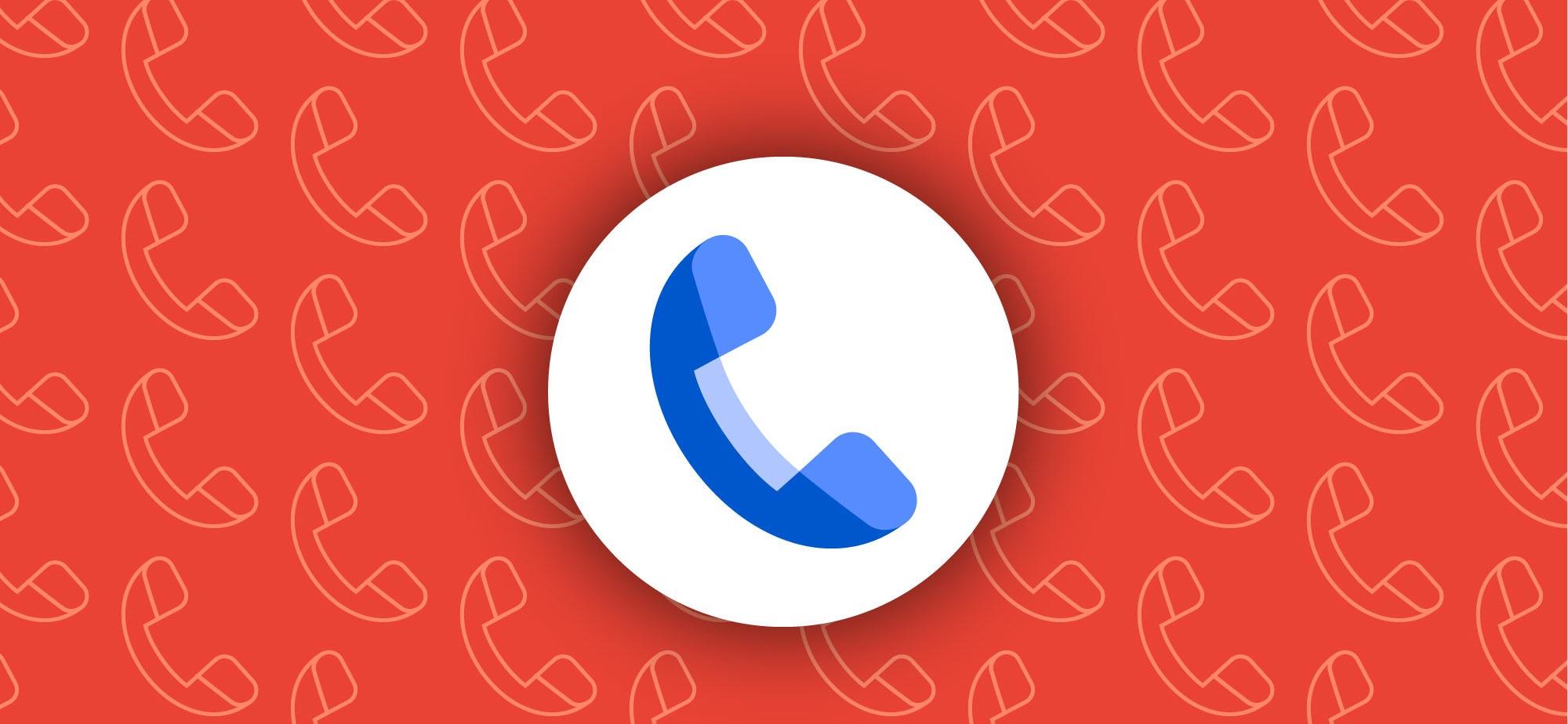YouTube Introduces AI-Generated Content Labeling Tool for Creators
Discover how YouTube is empowering creators with a new AI-generated content labeling tool. Learn about the requirements, benefits, and potential impact of this feature on the platform.

YouTube, the popular video-sharing platform, has made a significant announcement regarding AI-generated content. In a recent update, YouTube introduced a new tool that allows creators to label their videos when they contain AI-generated or synthetic material. This move aims to promote transparency and provide viewers with essential information about the content they are watching.
Why the Need for AI-Generated Content Labeling?
The rise of AI technology has brought forth a new wave of realistic and manipulated content. Videos can now be altered to make it appear as though real people are saying or doing things they never did, or events that never happened. This has raised concerns about the authenticity and potential deception in online content.
To address these concerns, YouTube has implemented a self-labeling system for creators. When uploading or posting a video, creators are now required to disclose any altered or synthetic content that may appear realistic. This includes deepfake voices, manipulated footage, or scenes that simulate real events.
What Requires Disclosure and What Doesn't?
YouTube's AI-generated content labeling tool aims to strike a balance between transparency and practicality. The platform has provided clear guidelines on what needs to be disclosed and what doesn't. Creators are required to label content that involves:
- Altering real people's actions or statements
- Manipulating footage of real events or places
- Creating realistic-looking scenes that didn't occur
However, there are exceptions. Beauty filters, background blurs, and clearly unrealistic content like animation do not require disclosure. YouTube wants to ensure that the labeling process does not become burdensome for creators while still addressing the concerns surrounding AI-generated content.
Enforcing Transparency and Protecting Creators
YouTube's AI-generated content labeling tool is part of its broader policy on AI-generated content. The platform has established stricter rules to protect music labels and artists, allowing them to request the takedown of deepfake music that may infringe on their rights.
For the average person who finds themselves deepfaked on YouTube, the process of getting the content removed can be more challenging. YouTube encourages individuals to fill out a privacy request form for review, indicating that they are actively working on improving the privacy process.
While YouTube is investing in AI tools to detect AI-generated content, the responsibility ultimately lies with the creators to disclose such content. The platform relies on the honor system, expecting creators to be honest about the presence of AI-generated elements in their videos.
Potential Impact and Future Developments
YouTube acknowledges the limitations of AI detection software, which can be highly inaccurate. In cases where creators fail to disclose AI-generated content that may confuse or mislead viewers, YouTube reserves the right to add an AI disclosure to the video itself.
The platform also plans to introduce more prominent labels for sensitive topics such as health, elections, and finance. This additional labeling aims to provide viewers with a clearer understanding of the nature of the content they are engaging with.
As YouTube continues to refine its AI-generated content policy and detection capabilities, the introduction of this new labeling tool marks a significant step towards promoting transparency and accountability in the digital content landscape.
In conclusion, YouTube's new AI-generated content labeling tool empowers creators to disclose the presence of AI-generated or synthetic material in their videos. By implementing this self-labeling system, YouTube aims to foster transparency, protect the interests of creators, and enhance the overall viewing experience for its users.
What's Your Reaction?





















